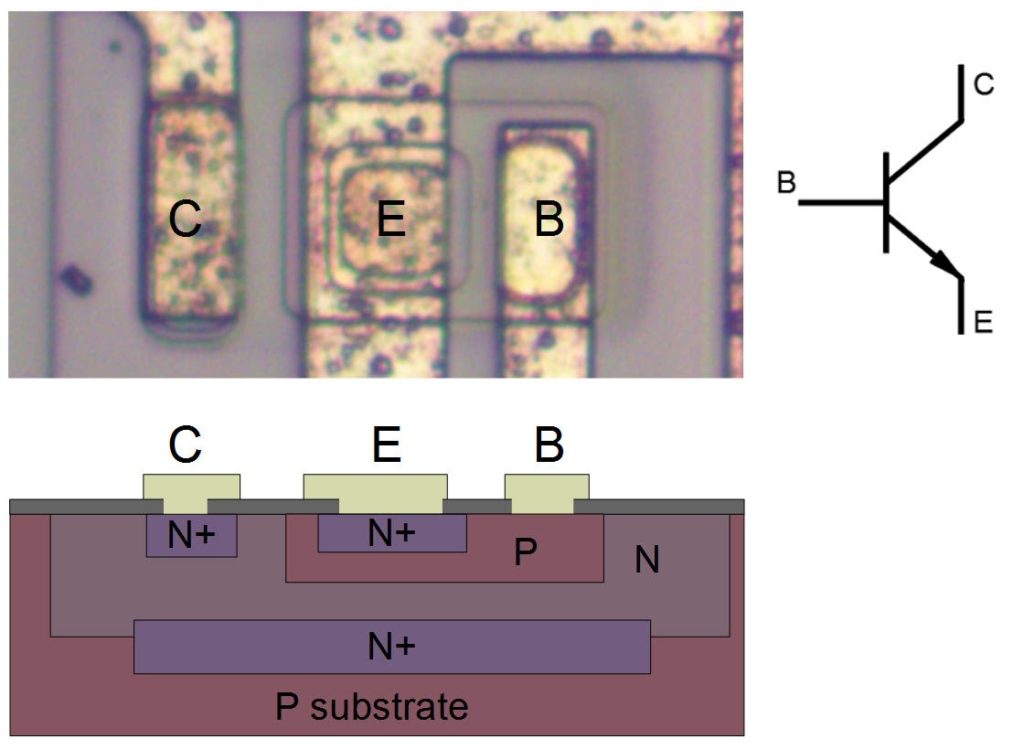The connection and difference between pcb reverse engineering and IC reverse engineering.
The reverse engineering essence is the process of obtaining technical information from the reverse analysis of products. There are mainly three kinds of reverse engineering in engineering technology practice, namely pcb reverse engineering, integrated circuit reverse engineering and reverse engineering of computer software. They maintain consistency in their thinking, but each has its own characteristics.

Here, the reason why they are listed together for comparison is to find the similarities and differences in their technical aspects, to fully explain the characteristics of pcb reverse engineering itself, and on the other hand to do some technical work in the field of legislative protection. After all, the law in the legislative is blank in terms of pcb layout design and circuit board reverse engineering, while integrated circuits and computer software have specific and relatively mature legislation on intellectual property protection. We can learn from these relatively mature legislative experiences. Providing conditions for intellectual property protection of PCB Layout drawing.
There are many differences in integrated circuit reverse engineering compare with PCB reverse engineering. Reverse engineering of integrated circuits, also known as reverse engineering of chips, refers to chip attackers relying on special equipment or self-made equipment to exploit loopholes or other defects in the design of integrated circuits. With the help of relevant professional technologies, the important files in the single-chip microprocessor are obtained such as the content inside the memory from flash and eeprom or other Key information such as security key or code, the ability to copy chip or disassemble the process yourself. IC reverse engineering involves three key technologies, namely sample pretreatment technology, chip analysis software technology and chip circuit analysis technology. These three technologies will directly affect the IC reverse engineering effect.






